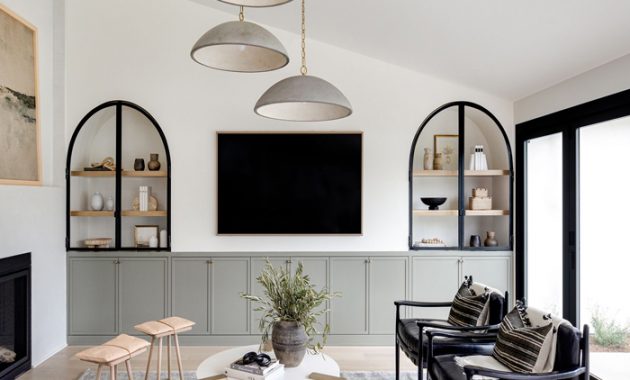In the ever-evolving world of home furnishing, trends come and go, influenced by changes in lifestyles, technology, and design aesthetics. Staying updated with the latest trends not only enhances the visual appeal of living spaces but also reflects contemporary tastes and functionality preferences. Whether you’re looking to redecorate your home or stay ahead in the interior design industry, understanding these trends is essential. This article explores the cutting-edge trends shaping home furnishing in recent times.

1. Sustainable Materials: Embracing Eco-Friendly Choices
Sustainability continues to be a dominant trend in home furnishing. Consumers are increasingly opting for furniture and decor items made from sustainable materials such as reclaimed wood, bamboo, and recycled metals. These materials not only lessen the environmental footprint but also enhance interiors with a distinctive, natural allure. Manufacturers are responding to this demand by offering a wide range of eco-friendly products that blend aesthetics with ethical considerations.
Key Points:
- Importance of sustainable choices in reducing environmental footprint.
- Examples of sustainable materials and their benefits.
- Impact on consumer preferences and industry practices.
2. Multifunctional and Modular Designs: Adapting to Flexible Lifestyles
As urban living spaces shrink, there is a rising preference for multifunctional and modular furniture designs. These pieces, like sofa beds, storage ottomans, and expandable dining tables, are increasingly sought after due to their dual-purpose functionality. These designs not only optimize space but also cater to the versatility needed in modern living arrangements. Additionally, modular furniture allows homeowners to customize their layout according to specific needs, providing flexibility and efficiency.
Key Points:
- Growing preference for adaptable furniture solutions.
- Examples of multifunctional furniture and their practical benefits.
- How modular designs cater to changing lifestyles.
3. Minimalism with Statement Pieces: Balancing Simplicity and Character
Minimalist design principles remain strong, emphasizing clean lines, open spaces, and a clutter-free environment. However, the latest trend adds a twist by incorporating bold statement pieces that serve as focal points within a room. This approach strikes a balance between simplicity and character, allowing homeowners to express their personality while maintaining a minimalist aesthetic. Statement pieces can range from oversized artwork to intricately designed rugs or uniquely shaped furniture, creating visual interest without overwhelming the space.
Key Points:
- Evolution of minimalist trends towards incorporating statement pieces.
- Examples of statement pieces and their impact on room design.
- How to achieve a harmonious balance between minimalism and personal style.
4. Smart Home Integration: Enhancing Convenience and Connectivity
Integrating smart technology into home furnishings is changing how we engage with our living environments. From voice-controlled lighting systems to app-enabled furniture, smart home integration enhances convenience and connectivity. Consumers can now adjust furniture settings, control room ambiance, and even monitor their home environment remotely. As technology continues to advance, the possibilities for incorporating smart features into everyday furniture are expanding, appealing to tech-savvy homeowners seeking a seamless living experience.
Key Points:
- Rise of smart furniture and its benefits in modern homes.
- Examples of smart home integration in furniture and decor.
- Consumer adoption and future trends in smart home technology.
5. Biophilic Design: Bringing Nature Indoors
Biophilic design focuses on connecting interior spaces with the natural world, promoting health and well-being. This trend incorporates elements such as indoor plants, natural light, and organic materials to create a calming and rejuvenating environment. Furniture designs inspired by nature, such as wooden accents, earthy colors, and textured fabrics, contribute to a sense of serenity and harmony within the home. Biophilic design not only enhances aesthetics but also improves air quality and reduces stress levels, making it a sought-after trend for modern living spaces.
Key Points:
- Principles of biophilic design and its psychological benefits.
- Examples of biophilic elements in furniture and decor.
- How biophilic design supports sustainable living practices.
In conclusion, current home furnishing trends reflect a dynamic mix of sustainability, functionality and aesthetic innovation. The shift to
eco-friendly materials such as reclaimed wood and recycled metal underscores increasing environmental awareness among consumers, thereby influencing purchasing decisions and industry practices. Meanwhile, multifunctional and modular designs meet the evolving needs of urban living, offering flexibility and space optimization without sacrificing style.
Minimalism remains a strong influence in interior design, now complemented by bold statement pieces that add personality and visual interest to minimalist spaces. Smart home integration changes the way we interact with our living environment, increasing comfort through technology that controls lighting, ambience, and more.